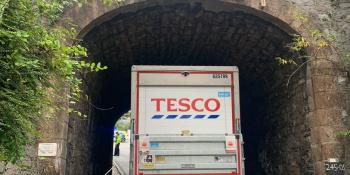Railways must embrace automation, but successful deployment of driverless vehicles depends on how well we can overcome technical challenges, suggests PAUL THOMAS, technical director, Rail Consultancy for Atkins
Driverless vehicles are going to play a big part in a cleaner, more efficient transport. For most people this means autonomous cars and trucks. However, driverless services also have the power to transform our railways. From greater flexibility in their timetables to more efficient use of energy, driverless operations can unlock improvements in our railways to help meet passenger expectations, improve capacity, increase connectivity, and reduce our carbon footprint.
A move to driverless operations isn’t an easy one, and to overcome the challenges the industry must be much more benefit-focused, advocate automation and create compelling business cases.
ADVANTAGE: AUTOMATION
Driverless operations have some obvious advantages. The absence of the driver eliminates a costly aspect of the train service and frees up capital to be allocated elsewhere. Space usually taken by the driver’s cabin can be used for passengers, and, judging by Transport for London’s DLR, everyone likes to sit at the front and marvel at the nice view.





